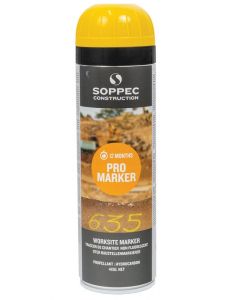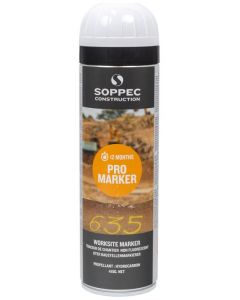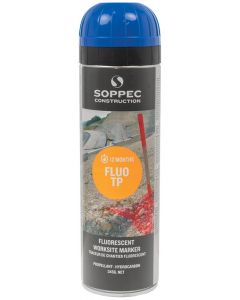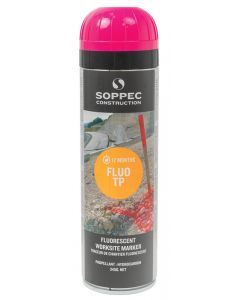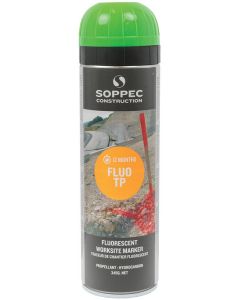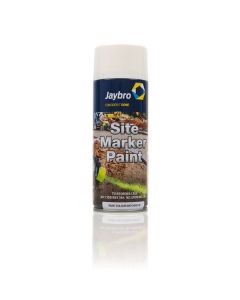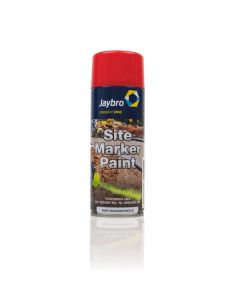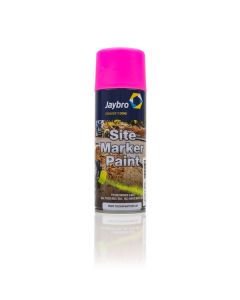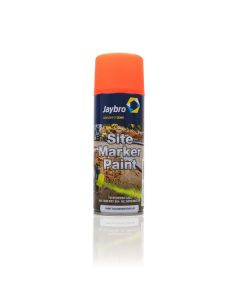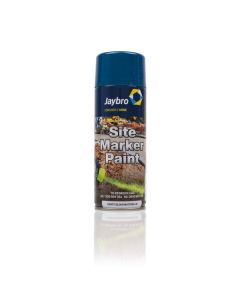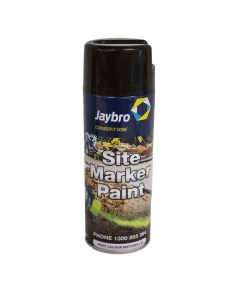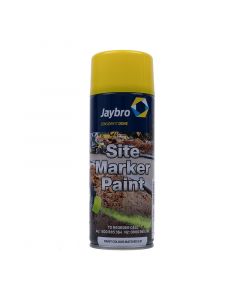Australian colour codes for utilities: proper marking with spot paint
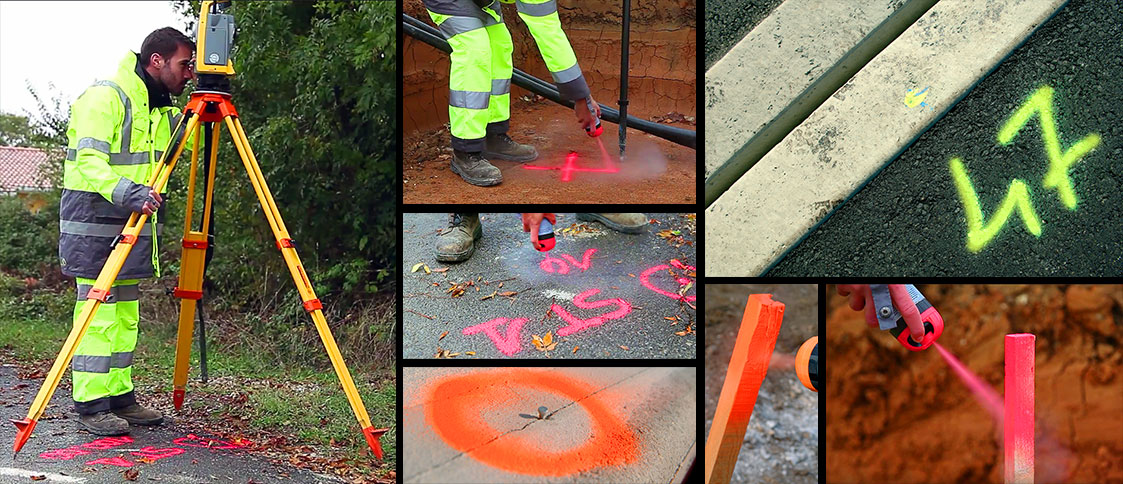
The Australian colour coding system for utilities and pipe and cable locating provides a universal way for engineers, site managers and workers to be made aware of utilities that are not visible on the surface.
Uniform colour codes for marking out, spot marking and site surveying have been developed locally and classified into Australian Standard AS5488-2013 Classification of Subsurface Utility Information.
This standard was put in place to create a common point of reference for specifying the location and type of a wide range of underground infrastructure. Additionally, it provides guidance on how information on subsurface infrastructure should be collected and how it should be conveyed to those who need it.
Marking underground utilities with spot paint
Dial Before You Dig has a best practice guide for locating and marking underground services such as utilities. It recommends that when locating and marking underground infrastructure, contractors should:
- Use a uniform colour code and set of marking symbols to clearly indicate if the asset is gas, water, telecommunications, sewer etc
- Note the number and size of pipe work, including orientation if available
- Note the direction and, where possible, the depth
Site survey paint colours and symbols
Colours in particular are an easy and immediately identifiable way to mark out utilities. These should be kept in mind if you are working on a site survey and marking underground services. The specified colours noted in the Australian Standard are as follows:
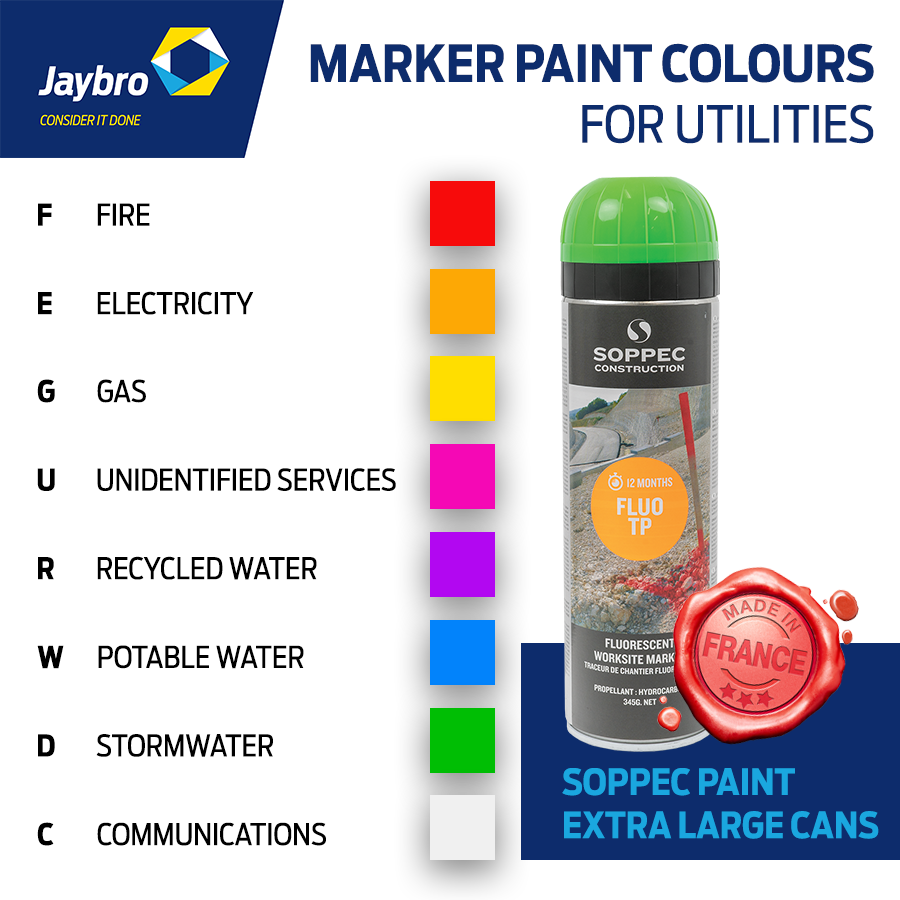
White: C: Communications
Green: D: Stormwater or raw water
Orange: E: Electricity
Red: F: Fire Services
Yellow: G: Gas
Purple: R: Recycled water
Pink: U: Unidentified services
Blue: W: Water
These colours cover the general categories of utilities, but they are only part of the equation. Symbols are also necessary to keep track of the locations, widths and depths of pipes and cables. Contractors often mark these services with arrows, numbers and symbols.
These sometimes vary depending on the service owner, however the Standard splits markings into four classes QL-(A) sighted, QL-(B) traced, QL-(C) aligned from surface features, QL-(D) any other method.
This means that the workers on the project can understand the accuracy of the markings, as well asd the method that the surveyor has used. For example, an A marking would indicate that a worker has physically excavated the area perhaps by potholing, sighted the pipe or cable and measured its actual depth.
To do this, the surveyor needs to use a bright and effective temporary spot marker paint!
What’s the difference between spot marker paint and line marking paint?
These two types of paint are often confused due to their similarities, however line marking paint is generally supplied in a bigger spray can or a tub that fits into a line marking trolley or machine. Line marking paint is permanent and is used for carparks and long straight runs of painting.
Spot marker paint however is generally used by hand or with an applicator gun. It differs from regular spray paint as it is specially designed to be used upside down.
The formulation of spot marker paint means it is effective and easy to use in an inverted position. Normal spray paints will not operate upside down, and the paint will run dry. High quality spot paint is much less prone to clogging and will produce exceptional coverage even on rough surfaces like bitumen, dirt, concrete and grass.
Spot paint is sometimes called survey paint, and is the ideal spray paint for applications such as roadworks, construction, surveying and marking out. If you are an excavator or an environmental consultant you are likely very interested in what services are under the surface.
Spot paint is a cheap and easy way to communicate the location and type of these services to reduce the risk of pipes or cables being accidentally dug up, cut or damaged.
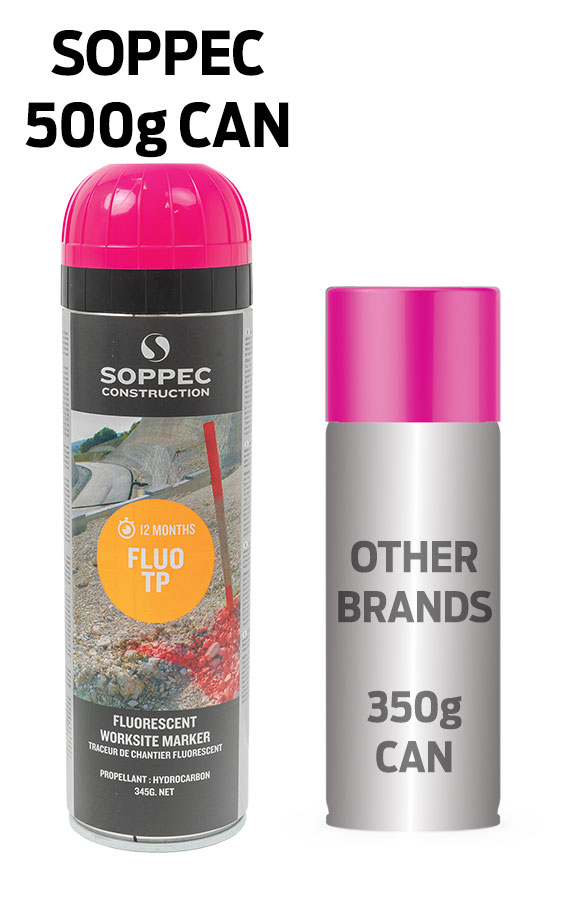
What is the best spray paint for survey marking?
Soppec spray paint is suitable for spraying a variety of surfaces that you would come across on site, including concrete, asphalt, grass, gravel, sand, stone and wood. It dries in only 10 minutes and can even be used successfully on wet surfaces. This makes it a great spray paint for grass which can be damp with dew.
Considered a benchmark in the European building and public works industry for over 15 years, Soppec spray paint guarantees flawless reliability for users.
It is an extremely high quality spray paint, made in France from mineral and organic substances and free from heavy metals. This means it offers brilliant, opaque coverage and long-lasting marks without the safety hazards of toluene or other nasty chemicals. The formulation contains over 25% water making it more environmentally friendly than other paints, yet the fluorescence is still very high.
With such dense pigmentation, it is ideal for the construction industry, traffic, roadworks, surveying, pipework, construction and more. It is great for temporary marking applications, lasting up to 12 months on site.
Soppec is great value for money without the drawbacks of a cheap spray paint: in testing, one aerosol can was sufficient to spray and mark a 20mm wide line for 80 metres. That’s great value!
It’s also a BIG can at 500g, which you’ll note is much bigger than some other popular 350g cans such as Dymark marking out paint. This means you can get a quality European paint at a very economical price.
Jaybro supply two types of Soppec spot paint: the Fluo TP fluorescent colours, and the Pro Marker range which is non-fluorescent.
(Learn more – insert product links etc)
 Sign In
Sign In 

